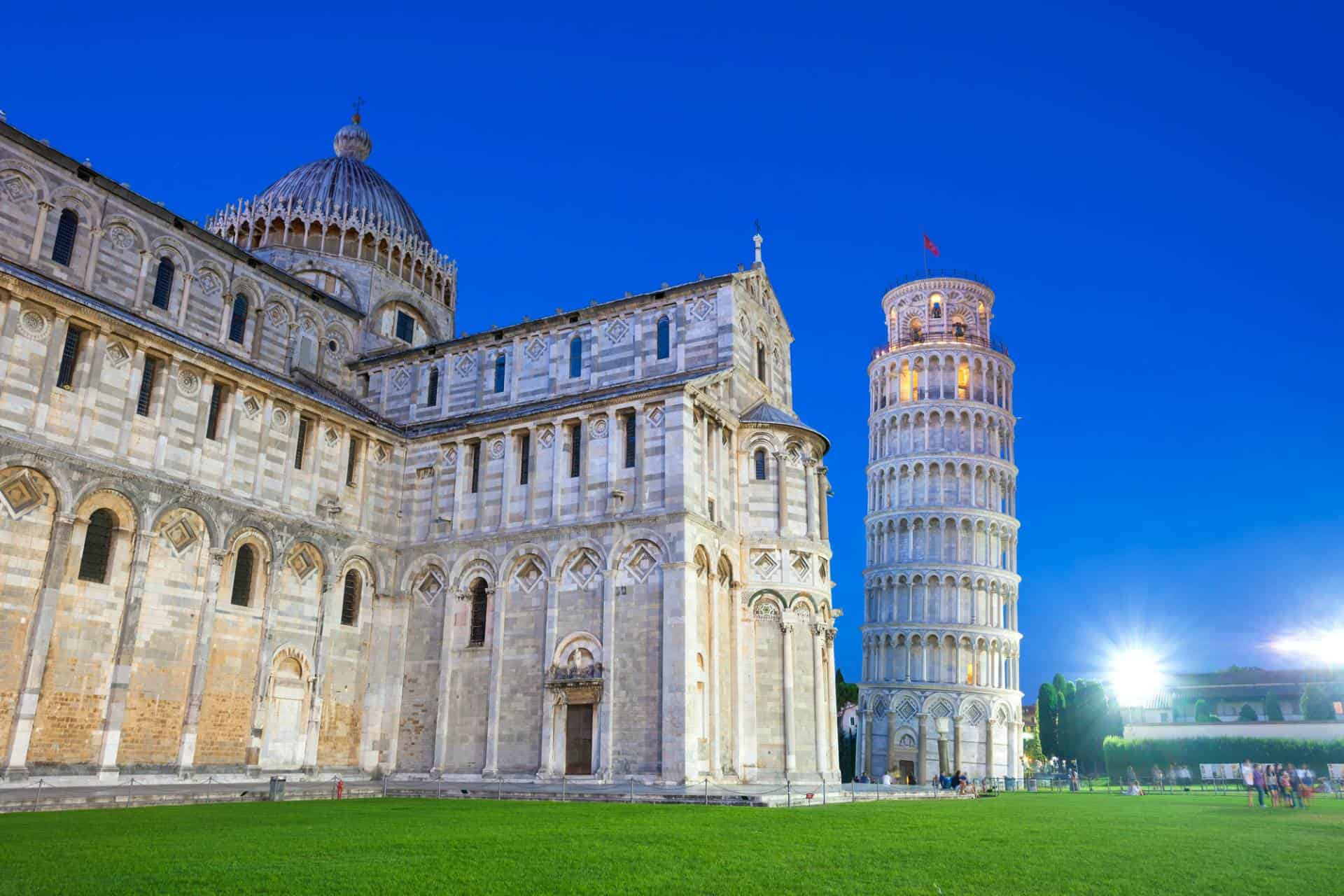
Europe is a treasure trove of architectural wonders, boasting some of the world's most iconic landmarks and marvels. From ancient Roman amphitheaters to opulent palaces and medieval fortresses, the continent offers a glimpse into the architectural achievements of diverse cultures and civilizations throughout history. UNESCO has recognized many of these sites as World Heritage Sites, ensuring their preservation for future generations to appreciate and admire. Let's explore some of the most awe-inspiring architectural wonders and attractions across Europe.
Eiffel Tower, Paris, France Standing as a testament to modern architectural brilliance, the Eiffel Tower is arguably one of the most famous landmarks in Europe and the world. Designed by the engineer Gustave Eiffel, this iconic iron lattice tower was completed in 1889 and has since become synonymous with the city of Paris. Rising to a height of 320 meters, the Eiffel Tower offers panoramic views of the French capital and stands as a symbol of innovation and engineering prowess.
Sagrada Familia, Barcelona, Spain Antoni Gaudí's architectural masterpiece, the Sagrada Familia, is a breathtaking fusion of art and architecture. This awe-inspiring basilica, located in Barcelona, is renowned for its intricate façade, towering spires, and intricate details. Construction of the Sagrada Familia began in 1882 and continues to this day, making it one of the longest-running architectural projects in history. Gaudí's unique Art Nouveau style is evident throughout the basilica, with its organic forms, vibrant colors, and intricate sculptures.
Colosseum, Rome, Italy Dating back to ancient Roman times, the Colosseum is a true architectural marvel and a testament to the grandeur of the Roman Empire. Also known as the Flavian Amphitheatre, this iconic structure was completed in the 1st century AD and remains one of the most visited monuments in Europe. With its elliptical shape, towering arches, and intricate network of underground passageways, the Colosseum once hosted gladiatorial battles, animal hunts, and public spectacles.
Prague Castle, Prague, Czech Republic Perched atop a hill overlooking the city of Prague, Prague Castle is one of the largest ancient castles in the world and a must-visit destination for architectural enthusiasts. Dating back to the 9th century, this sprawling complex is a blend of architectural styles, including Romanesque, Gothic, Baroque, and Renaissance. Within its walls, visitors can explore historic buildings such as St. Vitus Cathedral, the Old Royal Palace, and the Golden Lane, offering a glimpse into medieval Europe.
The Sistine Chapel, Vatican City Located within the Vatican Museums in Vatican City, the Sistine Chapel is renowned for its breathtaking frescoes painted by the Italian artist Michelangelo. Completed in the early 16th century, the Sistine Chapel's ceiling features Michelangelo's masterpiece depicting scenes from the Book of Genesis, including the iconic Creation of Adam. The chapel's walls are adorned with frescoes by other Renaissance masters, making it one of the most important artistic and architectural treasures in Europe.
Leaning Tower of Pisa, Pisa, Italy A symbol of architectural ingenuity and human perseverance, the Leaning Tower of Pisa is one of Italy's most famous landmarks. Originally intended to be a bell tower for the nearby cathedral, the tower's distinctive lean is due to unstable soil and a flawed foundation. Despite its unintended tilt, the tower has stood for over eight centuries and continues to attract visitors from around the world. Climbing the tower's 294 steps offers panoramic views of the surrounding city and countryside.
Acropolis of Athens, Athens, Greece Perched high above the city of Athens, the Acropolis is a UNESCO World Heritage Site and a symbol of ancient Greek civilization. Built in the 5th century BC, the Acropolis is home to several iconic structures, including the Parthenon, the Erechtheion, and the Temple of Athena Nike. These architectural wonders are renowned for their graceful columns, intricate sculptures, and historical significance, offering visitors a glimpse into the glory of ancient Greece.
Tower of London, London, United Kingdom With its rich history dating back to the 11th century, the Tower of London is a medieval fortress and royal palace located on the north bank of the River Thames. Over the centuries, the tower has served various purposes, including as a royal residence, a prison, and a treasury. Today, it is home to the Crown Jewels of England and is one of London's most popular tourist attractions, offering visitors a fascinating insight into British history and heritage.
Gothic Cathedral of Notre-Dame, Paris, France A masterpiece of Gothic architecture, the Cathedral of Notre-Dame is one of the most famous churches in the world and a symbol of Parisian history and culture. Completed in the 14th century, the cathedral's soaring spires, intricate façade, and magnificent stained glass windows attract millions of visitors each year. Despite suffering extensive damage in a fire in 2019, efforts are underway to restore this iconic landmark to its former glory, ensuring its legacy for future generations.
Plitvice Lakes National Park, Croatia Nestled in the heart of Croatia, Plitvice Lakes National Park is a natural wonderland renowned for its cascading waterfalls, crystal-clear lakes, and lush forests. Designated as a UNESCO World Heritage Site, the park offers visitors the opportunity to explore a diverse landscape of karst formations, limestone cliffs, and verdant valleys. Visitors can hike along scenic trails, boardwalks, and boat rides to discover the park's hidden treasures and breathtaking vistas.
Europe's architectural wonders are as diverse as they are awe-inspiring, offering visitors a glimpse into the continent's rich history, culture, and heritage. Whether exploring ancient Roman ruins, medieval castles, or modern masterpieces, Europe's architectural treasures never fail to captivate and inspire. From the grandeur of the Eiffel Tower to the intricate details of the Sagrada Familia, each landmark stands as a testament to human creativity, ingenuity, and craftsmanship. Whether embarking on a journey through the streets of Paris, the hills of Tuscany, or the fjords of Norway, travelers are sure to be enchanted by Europe's architectural marvels and timeless beauty.










